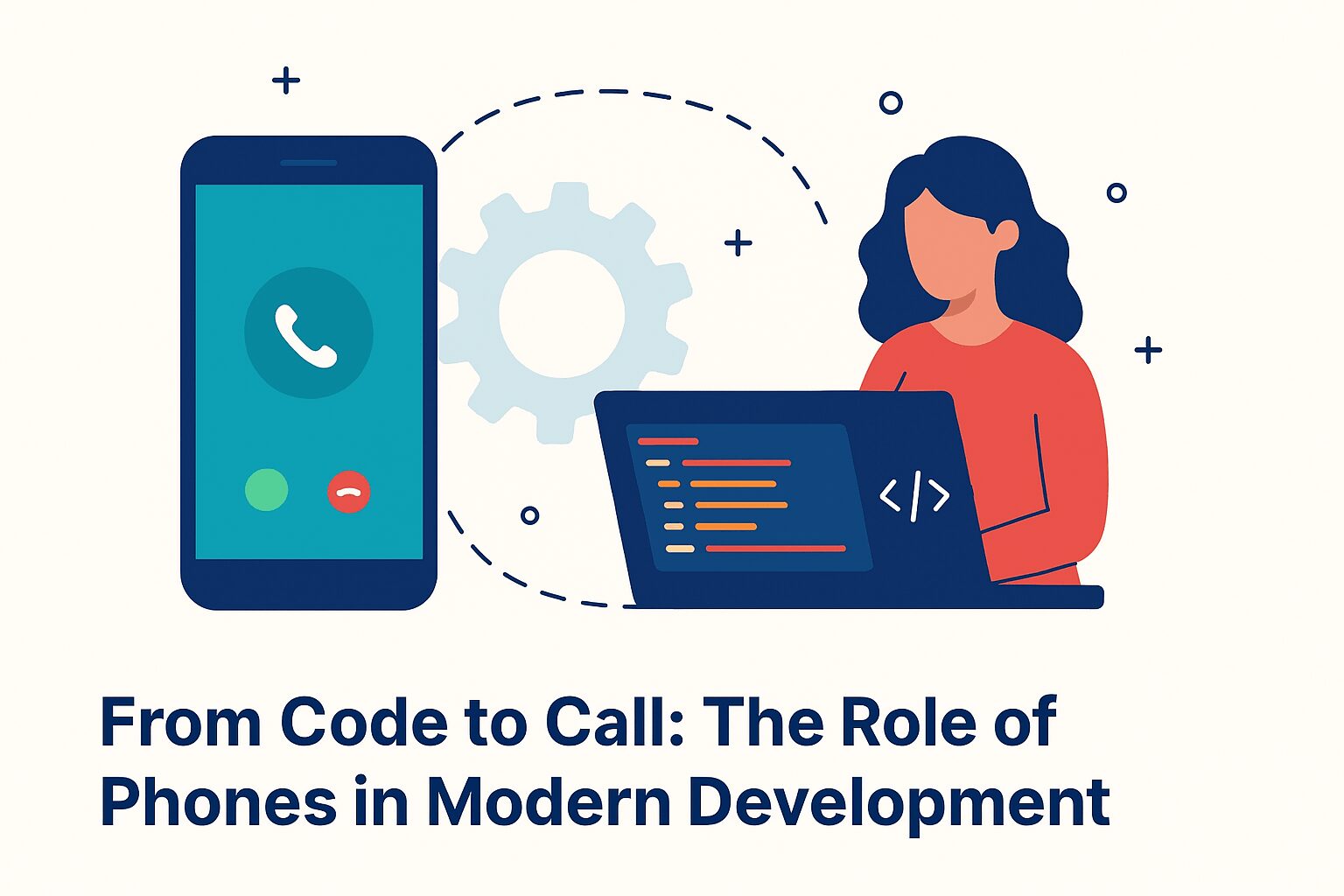When we think of phones, the first association is communication — calls, messages, and instant connectivity. Yet in modern development, phones have transcended their original purpose. They are no longer just endpoints for consuming applications; they have become integral tools in the creation, testing, and deployment of software. Developers today rely on mobile devices not only to understand user behavior but also to prototype, debug, and even manage workflows directly from their pockets.
This transformation is tightly connected to the rise of mobile-first strategies in software and game development. As companies compete to deliver immersive experiences on smartphones, the device itself becomes both the testing ground and the creative canvas. Industry reports highlight how leading studios and technology firms are shaping this landscape, and discussions about the top mobile game development companies in 2026 provide a clear picture of how phones are central to innovation. For example, insights shared here — https://medium.com/@thegamedevobserver/top-mobile-game-development-companies-in-2026-883265a88c2c — show how the ecosystem of mobile development companies is evolving alongside the devices themselves, reinforcing the idea that phones are not just tools of consumption but engines of creation.
Phones as Platforms for Innovation
The modern smartphone is a convergence of hardware and software sophistication. High-resolution displays, powerful processors, and advanced sensors make them capable of running complex applications that rival desktop experiences. For developers, this means the phone is no longer a secondary platform but often the primary one.
Testing and debugging can now be performed directly on devices, simulating real-world conditions and accelerating iteration cycles. Cross-platform frameworks such as Unity, Flutter, and React Native allow developers to build once and deploy everywhere, with phones serving as the ultimate validation point. Cloud integration further blurs the line between workstation and handheld device, enabling developers to manage repositories, monitor builds, and deploy updates remotely.
Phones are not just passive receivers of code; they are active participants in the development lifecycle. This dual role — as both platform and tool — makes them indispensable in modern workflows.
The Human Connection: Designing for Touch and Emotion
Beyond technical utility, phones redefine how developers think about user experience. Unlike desktops or consoles, mobile devices are intimate. They are carried everywhere, touched constantly, and integrated into daily routines. This intimacy shapes design philosophies in profound ways.
- Touch becomes the primary input, and developers must design interfaces that feel natural under the finger. Gestures, swipes, and taps are not only functional but emotional, creating a sense of direct connection between user and application.
- Personalization also plays a key role: phones are deeply personal devices, and developers leverage data responsibly to craft experiences that feel tailored, from adaptive interfaces to context-aware notifications.
In gaming especially, phones allow developers to create narratives that unfold in the palm of the hand. The portability of the device makes emotional engagement more immediate and personal. This human-centered approach is why phones are more than technical endpoints — they are emotional bridges, and developers who understand this dynamic create products that resonate far beyond functionality.
Looking Ahead: Phones as Development Ecosystems
The trajectory of phones in development points toward even deeper integration. Emerging technologies such as augmented reality (AR), virtual reality (VR), and artificial intelligence (AI) are being embedded directly into mobile ecosystems. Developers are already experimenting with AR toolkits that allow phones to become windows into layered realities, while AI-driven assistants streamline coding and project management directly on mobile platforms.
Future trends suggest that phones will evolve into complete ecosystems for development. On-device machine learning will empower developers to train lightweight models directly on phones, creating smarter and adaptive applications. Edge computing will transform phones into nodes in distributed networks, processing data locally to reduce latency and enhance privacy.
- Collaborative development will become seamless, enabling teams to share code, assets, and ideas instantly.
- Phones will act as nodes in distributed networks, ensuring privacy and reducing latency through local processing.
The role of phones in modern development is no longer supplementary. They are central, shaping both the technical and human aspects of creation. From code to call, the journey of the phone reflects the evolution of technology itself — from a communication device to a development powerhouse.
